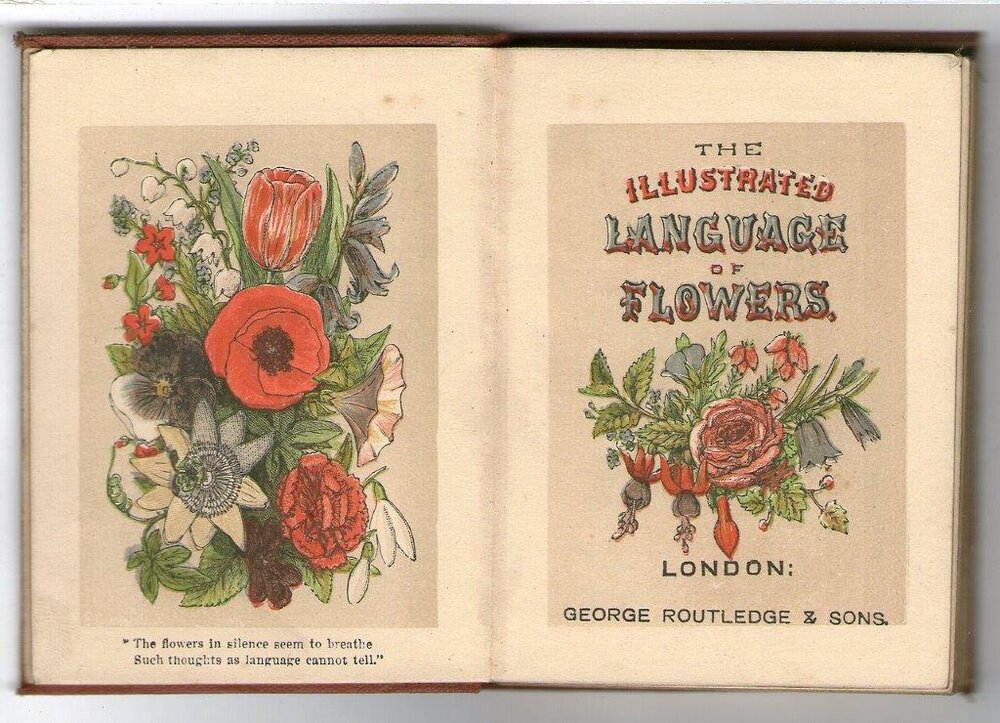Flowers have long been cherished for their beauty and fragrance, but did you know they can also speak volumes without uttering a single word? Enter the enchanting world of floriography, an age-old practice that assigns meaning and messages to different types of flowers and floral arrangements. In this blog, we will delve into the captivating art of floriography, exploring its history, significance, and how it continues to weave its magic in modern times.
THE HISTORICAL ORIGINS OF FLORIOGRAPHY:
Floriography flourished in the nineteenth century during the Victorian era in England, when societal norms were restrained of open expression of emotions. In a time when words were carefully chosen and emotions were discreetly conveyed, floriography offered a secret language of flowers, enabling individuals to communicate their feelings and desires in a socially acceptable manner. Bouquets became a medium, of hidden sentiments, and every bloom held a hidden message, waiting to be deciphered.
DECODING THE LANGUAGE:
The key to understanding floriography lies in decoding the meanings associated with different flowers and colours. While interpretations can vary, certain flower characteristics and historical symbolisms provide a foundation for understanding the beautiful language. For instance, the passionate red rose has come to represent love, while the delicate white lily symbolizes purity and innocence. The vibrant yellow sunflower embodies adoration and loyalty, while the elegant orchid signifies beauty and refinement. By skillfully arranging these flowers, A sophisticated dialogue emerges, capable of conveying a wide range of emotions and intentions.

THE NUANCES OF FLORAL ARRANGEMENTS:
Floral arrangements in floriography extend beyond the selection of individual flowers. The manner in which flowers are arranged, their position, and even the inclusion of leaves or other foliage can enhance or alter the intended message. A single red rose presented upright signifies love at first sight, while a drooping rosebud represents unrequited love. Similarly, an arrangement with predominantly yellow flowers evokes feelings of friendship and joy, while combination of red and white blooms represents unity and harmony.
FLORIOGRAPHY IN MODERN TIMES:
Though the strict adherence to floriography has diminished over time, its essence remains present in various aspects of our lives. Weddings, anniversaries, and other joyous occasions often feature bouquets and floral arrangements carefully selected to convey sentiments of love, happiness and celebration. Floriography also plays a role in commemorating significant moments of loss and remembrance, where specific flowers are chosen to represent condolences and support.
Beyond personal connections, floriography has found a place in the corporate world as well. Businesses and organizations often use floral arrangements to send messages of appreciation, professionalism and success. The selection of flowers and the manner of arrangement can convey the desired brand image, enhancing the overall communication.

Floriography is an extraordinary art form that transcends time, culture, and language. It is a testament to the profound connection between humans and nature, where flowers become messengers of our deepest emotions and desire. While the rigid adherence to floriography has faded, the symbolic language of flowers continues to captivate and inspire us, reminding us of the beauty and power of a non-verbal communication. So, the next time you receive or offer a bouquet, take a moment to appreciate the subtle message it carries, and perhaps consider exploring the hidden meanings that lie within its delicate petals.
The Flower Crew Originals is reviving the 19th-century floriography, unveiling a forthcoming collection that echoes the secret messages of yore. Stay tuned for their captivating blooms, conveying emotions through the timeless language of flowers.
